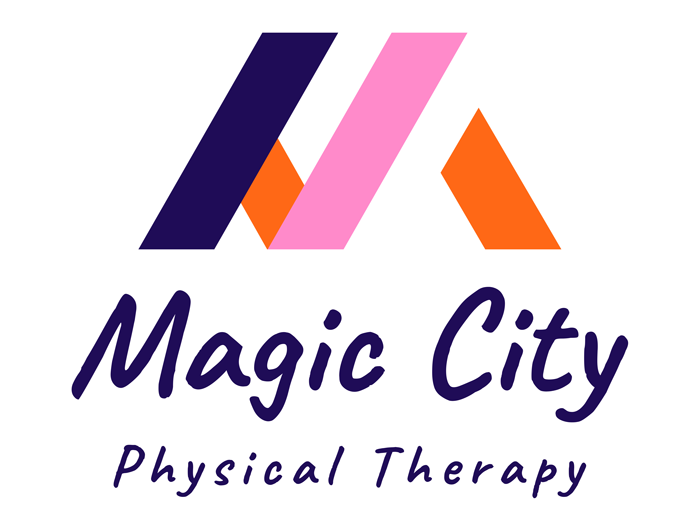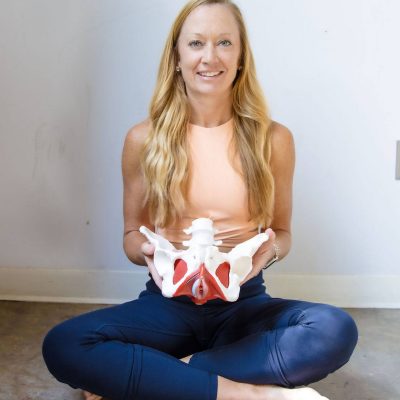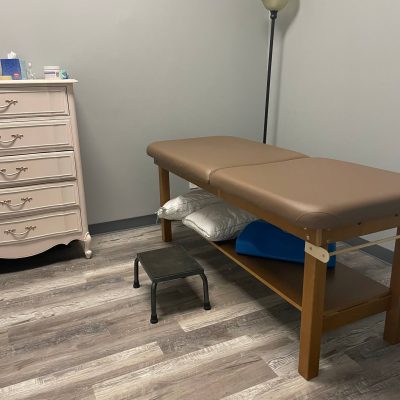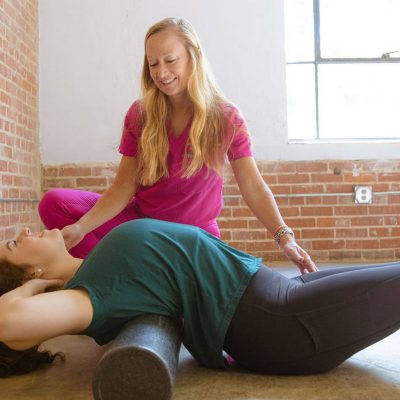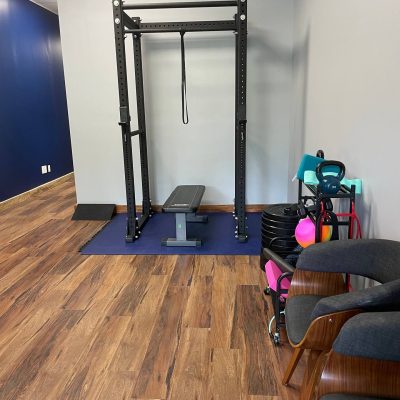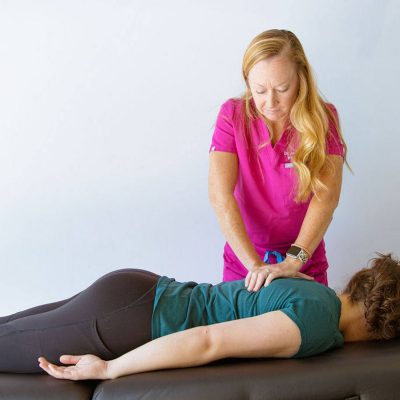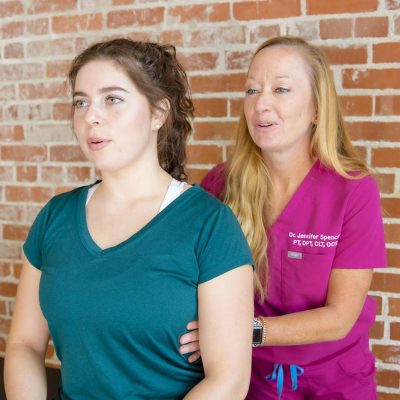Understanding Hirschsprung’s Disease
Hirschsprung’s is a congenital condition, typically diagnosed in infancy or early childhood. The condition results from missing nerve cells in the muscles of the baby’s colon, which are necessary for the normal movement of stool. Without these cells, the affected segment of the colon cannot relax and pass stool through the intestine, leading to a blockage.
The standard treatment for Hirschsprung’s disease involves surgical removal of the affected portion of the colon. While surgery is often successful in resolving the immediate blockage, many children experience ongoing issues with bowel function. These can include constipation, soiling, and in some cases, enterocolitis, a potentially life-threatening inflammation of the colon.
The Role of Pelvic Floor Therapy
Pelvic floor therapy focuses on improving the strength, coordination, and relaxation of the pelvic floor muscles. In children with Hirschsprung’s disease, these muscles often need retraining after surgery to facilitate better bowel control and function.
- Strengthening and Coordination:Post-surgery, some children may have weak pelvic floor muscles, which can contribute to constipation and difficulty in bowel movements despite the use of enemas or other bowel programs. Through targeted exercises, we can help strengthen these muscles, improving their ability to support the bladder and bowel.
Coordination of the pelvic floor muscles is essential for healthy bowel movements. These muscles must work in harmony with the abdominal muscles for optimal pressure management. Poor coordination can result in incomplete evacuation or constipation. Pelvic floor therapy includes exercises that enhance muscle coordination, ensuring the pelvic floor muscles properly contract and relax in sync with the bowel movements.
- Relaxation Techniques:For other children, the issue may be overly tight pelvic floor muscles, which can lead to difficulty in passing stool. Relaxation techniques, such as biofeedback and guided imagery, can help these muscles learn to relax, facilitating easier bowel movements.
Biofeedback involves the use of sensors and visual or auditory feedback to help children become more aware of their pelvic floor muscle activity. By seeing or hearing how their muscles respond, they can learn to control and relax them more effectively. Guided imagery, on the other hand, uses visualization exercises to help children imagine their muscles relaxing and their bodies working properly. Deep breathing exercises and progressive muscle relaxation can also be incorporated to reduce tension and promote a sense of calm.
These techniques not only improve physical function but also help in reducing anxiety and stress, which can further exacerbate muscle tightness and bowel issues. Consistent practice of these relaxation methods can lead to significant improvements in bowel function and overall comfort.
- Education and Empowerment:Education is a cornerstone of pelvic floor therapy. Teaching children and their families about bowel habits, dietary influences, and the importance of hydration can empower them to take an active role in managing their condition. We also work on establishing a routine for bowel movements, often using a “bowel diary” to track progress and identify patterns.
Addressing Emotional and Psychological Aspects
Living with Hirschsprung’s disease can be challenging, not just physically but emotionally. Many children experience anxiety or embarrassment about their bowel issues, which can affect their self-esteem and social interactions. Pelvic floor physical therapy provides a supportive environment where children can discuss their condition. Techniques like mindfulness and relaxation can help reduce anxiety and improve overall well-being.
Collaboration with a Multidisciplinary Team
Effective management of Hirschsprung’s disease often requires a team approach. As pelvic floor therapists, we encourage close collaboration with pediatricians, gastroenterologists, and nutritionists to provide comprehensive care. This multidisciplinary approach ensures that all aspects of the child’s health are addressed, from nutritional support to managing complications like enterocolitis.
The Importance of Early Intervention
Early intervention is crucial in managing Hirschsprung’s disease. Starting pelvic floor therapy soon can help children develop healthy bowel habits early on, reducing the risk of chronic constipation and other issues.
Conclusion
Pelvic floor therapy is a vital component of the treatment plan for children with Hirschsprung’s disease. By addressing both the physical and emotional aspects of the condition, we can help children achieve better bowel control, improve their quality of life, and build their confidence. As a pediatric pelvic floor therapist, I am continually inspired by the resilience of these young patients and the positive impact of tailored therapy on their lives.
If you have a child with Hirschsprung’s disease or are a healthcare provider seeking to learn more about pelvic floor therapy, I encourage you to reach out. Together, we can create a supportive and effective treatment plan that meets the unique needs of each child.
